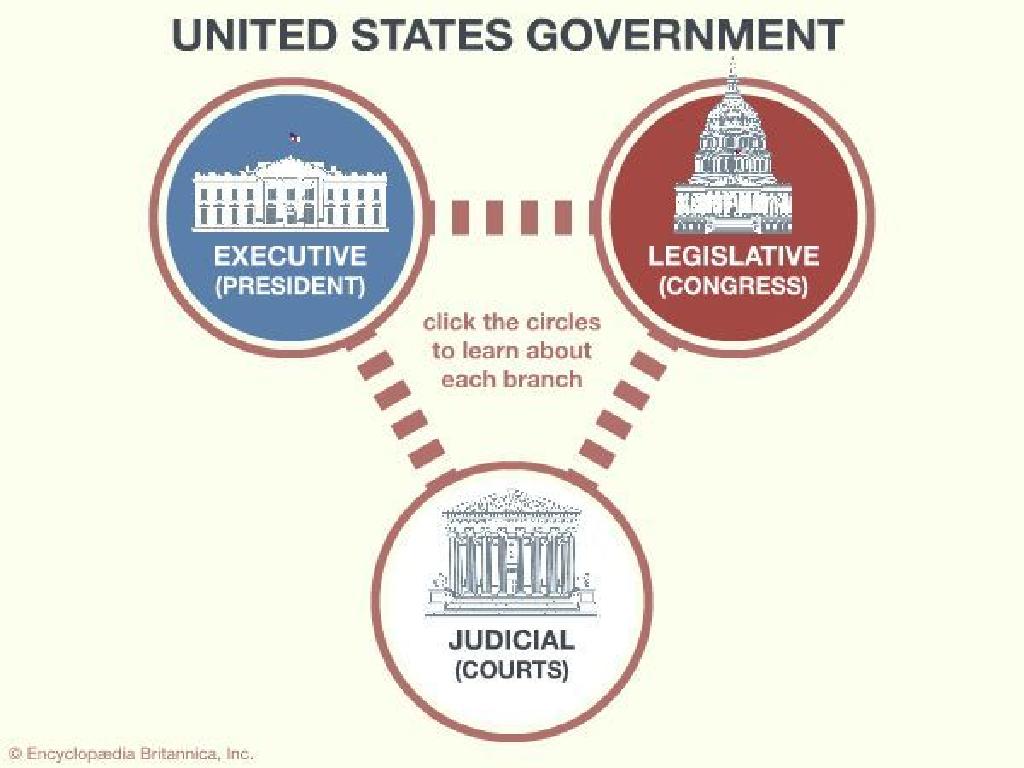Prime Factorization
Subject: Math
Grade: Seventh grade
Topic: Number Theory
Please LOG IN to download the presentation. Access is available to registered users only.
View More Content
Exploring Prime Factorization
– What is Prime Factorization?
– Breaking down a number into its prime number factors.
– Numbers as building blocks
– Like legos, numbers can be built from prime numbers.
– Significance in mathematics
– It’s key for simplifying fractions, finding LCM, GCD.
– Practical applications
– Used in cryptography, computer science, and more.
|
Prime factorization is a fundamental concept in number theory where students learn to break down composite numbers into their prime components. It’s like discovering the basic building blocks of numbers. Understanding prime factorization is crucial as it applies to various areas of mathematics, including simplifying fractions, calculating the least common multiple (LCM), and the greatest common divisor (GCD). Beyond math, prime factorization has practical applications in fields like cryptography, which is essential for computer security. Encourage students to think of prime factorization as a tool that helps solve bigger puzzles in math and science.
Understanding Prime Numbers
– Define a prime number
– A prime number has only two distinct positive divisors: 1 and itself.
– List prime number examples
– For instance, 2, 3, 5, 7, and 11 are prime numbers.
– Describe prime number characteristics
– Primes are greater than 1 and cannot be formed by multiplying two smaller natural numbers.
– Explain prime’s role in factorization
|
This slide introduces the concept of prime numbers, which is foundational for understanding prime factorization. A prime number is defined as a natural number greater than 1 that has no positive divisors other than 1 and itself. Provide examples of prime numbers and ensure students can identify them. Discuss the unique characteristics of prime numbers, emphasizing that they cannot be divided evenly by any other numbers except 1 and themselves. Explain how prime numbers are the ‘building blocks’ of all natural numbers and how they play a crucial role in the process of prime factorization, which students will explore in subsequent lessons.
Prime Factorization: The Basics
– Decomposing composite numbers
– Split a number into prime factors, e.g., 30 = 2 x 3 x 5
– Exploring the factor tree method
– Draw branches breaking numbers into factors until primes
– Uniqueness of prime factorization
– Each number has one prime factorization
– Fundamental Theorem of Arithmetic
– This theorem guarantees the uniqueness of prime factorization
|
Introduce prime factorization by explaining that composite numbers can be broken down into prime numbers, which are the building blocks of all numbers. Use the factor tree method as a visual tool to help students understand the process of breaking down numbers into their prime factors. Emphasize the Fundamental Theorem of Arithmetic, which states that every integer greater than 1 has a unique prime factorization, except for the order of the factors. This concept is foundational in understanding the structure of numbers and will be crucial for their future studies in number theory and beyond. Provide examples and encourage students to create their own factor trees as practice.
Let’s Practice Prime Factorization!
– Walkthrough: Factorize 36
– Break down 36 into 2 x 18, then 2 x 9, and finally 3 x 3
– Create a factor tree for 36
– A visual method to find prime factors, starting with the number 36
– Prime factors are unique
– Every number has one prime factorization
– Why uniqueness matters
– This property helps in various math and real-world applications
|
This slide is an interactive class activity to practice prime factorization with the number 36. Begin by explaining the concept of prime factorization and then demonstrate the process step by step using the number 36. Show how to break down 36 into its prime factors using a factor tree, emphasizing the method of dividing the number by its smallest prime factor until only prime numbers are left. Discuss the fundamental theorem of arithmetic, which states that every integer greater than 1 has a unique prime factorization, and explore why this concept is important in mathematics. Provide several examples and encourage students to create their own factor trees for different numbers as practice.
Your Turn: Find the Prime Factors
– Class activity on prime factors
– Pair up for factor trees
– Create factor trees to find prime factors
– Work on numbers 48, 72, and 90
– Each pair works on 48, 72, and 90
– Discuss results with the class
– Share and compare different methods used
|
This slide introduces a hands-on class activity where students will apply their understanding of prime factorization. Students should pair up and use factor trees to break down the numbers 48, 72, and 90 into their prime factors. After completing the activity, pairs will share their factor trees and discuss the methods they used to find the prime factors. This will help students see different approaches to the same problem and understand that there can be multiple ways to create factor trees. As a teacher, circulate the room to assist pairs as needed and ensure that each student is engaged in the activity. Prepare to highlight common mistakes and misconceptions during the discussion.
Real-World Applications of Prime Factorization
– Essential in cryptography
– Prime factorization underpins secure online communication.
– Aids in math competition problem-solving
– Complex problems often involve breaking down numbers into prime factors.
– Determines LCM and GCD
– LCM and GCD are found using prime factors, crucial in fractions and number theory.
– Enhances computational efficiency
|
Prime factorization is not just a theoretical concept; it has practical applications in various fields. In cryptography, it’s the basis for many encryption algorithms that protect our data online. Math competitions frequently feature problems that require prime factorization for efficient solving. Understanding how to find the least common multiple and greatest common divisor of numbers is essential in more advanced mathematics, especially when dealing with fractions. Moreover, prime factorization can improve computational efficiency in algorithms, making it a valuable tool in computer science and programming. Encourage students to explore these applications to appreciate the importance of prime factorization beyond the classroom.
Class Activity: Prime Factorization Race
– Understand game rules
– Compete in factoring numbers
– Who can factorize given numbers into prime factors first?
– Focus on accuracy and speed
– Correct answers are as important as quick responses
– Prizes for top factorizers
|
This activity is designed to make learning prime factorization interactive and fun. Divide the class into small groups or pairs and give each a set of numbers to factorize. Use a timer to add the element of speed. Emphasize that while speed is important, having the correct prime factors is crucial. Offer small rewards for students who get the correct answer quickly to motivate participation. Possible variations of the game could include a relay race where each student in a team must factorize a number before the next student begins, or a ‘Factorization Bee’ where students take turns factorizing increasingly difficult numbers. This activity will help reinforce the concept of prime factorization and encourage quick mental math skills.
Wrapping Up: Prime Factorization
– Recap prime factorization concept
– Importance of prime factorization
– Fundamental for understanding numbers
– Homework: 10 problem worksheet
– Practice with different numbers
– Prepare for upcoming quiz
– Review concepts to ace the quiz
|
As we conclude today’s lesson on prime factorization, remind students of the method’s steps and its significance in breaking down numbers into their prime components. Emphasize how prime factorization is crucial for simplifying fractions and finding the greatest common divisors. For homework, assign a worksheet with 10 diverse problems to reinforce today’s lesson and provide ample practice. Encourage students to complete the worksheet and review their notes to prepare for a quiz on prime factorization in the next class. This will help solidify their understanding and ensure they are comfortable with the concept.





